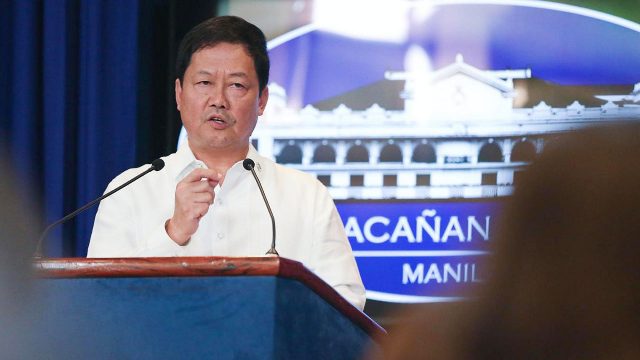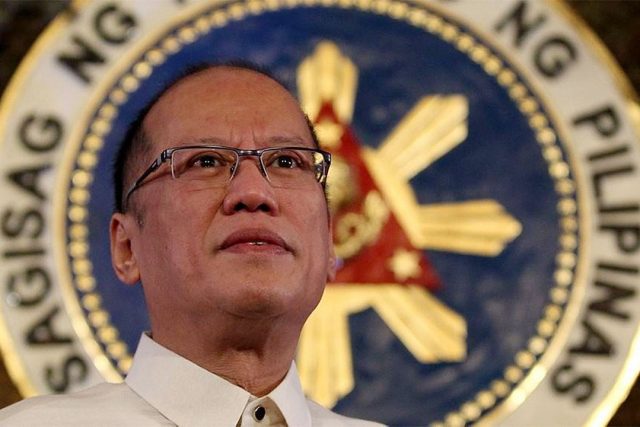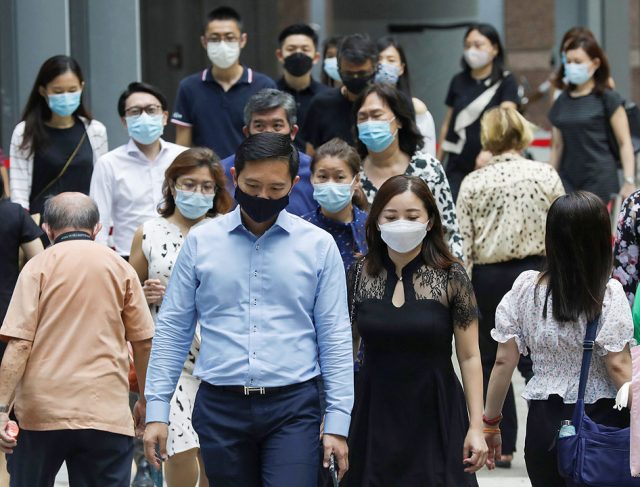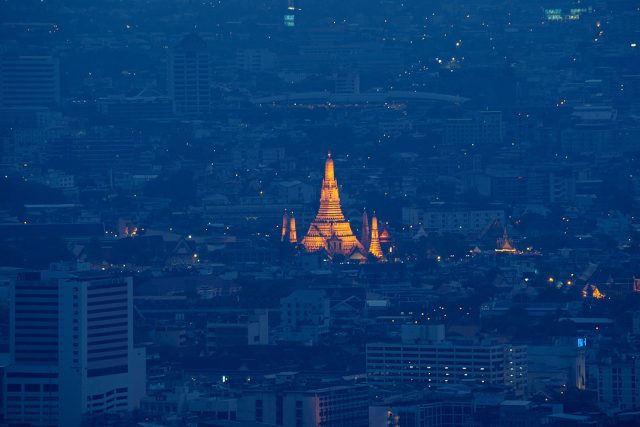Today is the sixth death anniversary of my wife Mae. The time since then may have alleviated the pain of losing her. But the pain, doubtless, won’t go away. In fact, the pain takes new forms as we all continue to experience tragedies all around.
Since the pandemic’s outbreak, I have lost count of the number of relatives, friends, and acquaintances who died. Not all deaths could be attributed to COVID-19. The cause of death of some could not be ascertained — whether it was related to COVID-19 or not. But whatever the cause, the pandemic and the government’s mishandling of the pandemic have all the more caused affliction.
In light of social distancing and other quarantine rules, family and loved ones could not even grieve properly. Vigils and funeral services are discouraged, for they can become COVID-19’s spreader. We have our share of sad stories about family members getting sick and hospitalized, some even dying, as a result of contracting COVID-19 during such gatherings.
To avoid worse consequences, those grieving and orphaned are deprived of the intimacy and social bonding that would have given them comfort.
As a result, we have found new ways to mourn and remember the dead. Online masses, novenas, and memorials are held, with Zoom and Facebook as platforms. In eulogies and homilies, we pray for the eternal life of our dear departed. Having deeply ingrained Christian (or Muslim) beliefs, we beseech divine blessing for immortality.
One homily on eternity that struck me was what Fr. Tito Caluag delivered in a novena-mass for Tita Nini (Quezon Avanceña). In this homily, Fr. Caluag offered his answer to the question of how he would describe eternity. His response surprised me, for I didn’t expect that a priest’s definition of eternity would acquire a secular character. He defines eternity as an act of forever remembering the good that our dear departed had done and bequeathed to the living.
In the case of Tita Nini, I have many memories of her that I will forever keep. In fact, I had written a tribute to her many years ago (in 2005). Her comment upon reading it was: Ginawa akong santo ni Men sa lupa. (“Men made me a saint on earth.”)
Forever remembering a loved one and her deeds has to be shared with others, including the future generations. The Filipino’s oral tradition can serve the purpose of remembering. But the oral tradition has its deficiencies. Recalling through time may suffer from inexactness, subjectivity, or false memory. Hence, the written word is preferable.
To return to Tita Nini’s life, much has been said or written about her, but these have to be preserved or published. In truth, her family, without Tita Nini knowing about it, initiated a project to publish stories about her life.
Actually, Tita Nini would have been indifferent to its publication. She never sought public attention. But having the book about Tita Nini is consistent with what Fr. Caluag said about forever remembering the good she did.
Moreover, a book on Tita Nini’s life is also a recording of Philippine history. Tita Nini was part of it — a history covering the Commonwealth period, World War II, post-war elite democracy, the horrors of martial law, the restoration of a fragile democracy and the attendant pains, and the rise of inequality, populism, and illiberalism.
I have read family histories authored by recently deceased friends. One, which was published this year before the author’s death, is titled Orong (Dr. Isidoro Ongsiako de Santos): The Colorful Life of the Unsung Patriot. It was written by Maria Aurora de Santos-Escueta.
Bollie, the author’s nickname, wrote this book to honor her forbears. This was Bollie’s way of immortalizing them.
Bollie died on July 18 this year. But she left family and friends with a crowning achievement: the authorship and publication of a book about the De Santos family. Like her forbears, Bollie lived a meaningful, colorful, and pilyo (mischievous) life.
Another friend, Inez Silva Reyes, wrote a history of her ancestry. This is about the Gomba and Silva families of Lipa.
Inez completed her writing in 2018, but the work remains private. This history is for her future grandchildren, she said. In her introduction, she stated that written family stories “will never be lost to memory.”
Inez passed away on March 13.
So, my way of remembering Bollie and Inez is to share their stories on how they themselves honored their ancestors through writing.
Today, on Mae’s death anniversary, I remember her and express my love to her by announcing to readers the publication of a Kindle e-book of poems she composed. It is titled On Love and Life, a slim volume of poems.
I thank Mae’s sister Yeb Tayag for her initiative in curating the poems and negotiating with Kindle to publish the e-book. It is also Yeb’s way of immortalizing Mae.
In her foreword to the book, Yeb wrote: “Because her poems are so beautiful, so rich in love, life and feelings, I had decided that I had to share them with you. I hope Mae will forgive me, if she never wanted this.”
To Yeb, Mae would certainly be happy about her e-book. And proof of that was what she said to our friend, Babeth Lolarga, many years ago: “That launch [of the first book of Chit Roces Santos] made me think and dream again that maybe someday I, too, will write and get published.”
Mae has other poems, and the publication of her e-book stirs me to have a print version that will include her other poems. Again, this is for remembering. Is it for immortality?
I end by remembering someone whom Mae and I deeply admire and love: Gilda Cordero Fernando. Her first death anniversary was commemorated three days ago.
The last chapter of her book The Last Full Moon (2005) is titled “Immortality.” How Fr. Caluag defined eternity for Tita Nini is an echo of what Tita Gilda profoundly wrote.
Said Gilda: “Maybe immortality is not so much about a deathless identity as those impulses towards good that we leave behind. A courageous act. A discovery. A more equal way of life. An original style. A kindness. A lesson of truth. It is for others to be inspired, to pick up, to build on, modify, expand or detail, and pass on. Without necessarily knowing its source and not in their original space either but morphing forever and ever. Maybe the ever-flowing river of influences is the real immortality. And that’s anonymous.”
Amen.
Filomeno S. Sta. Ana III coordinates the Action for Economic Reforms.
www.aer.ph












